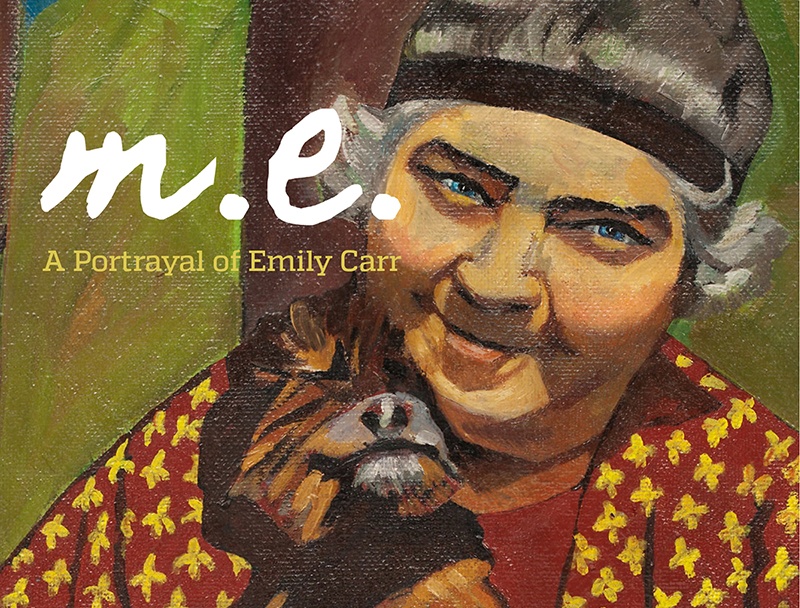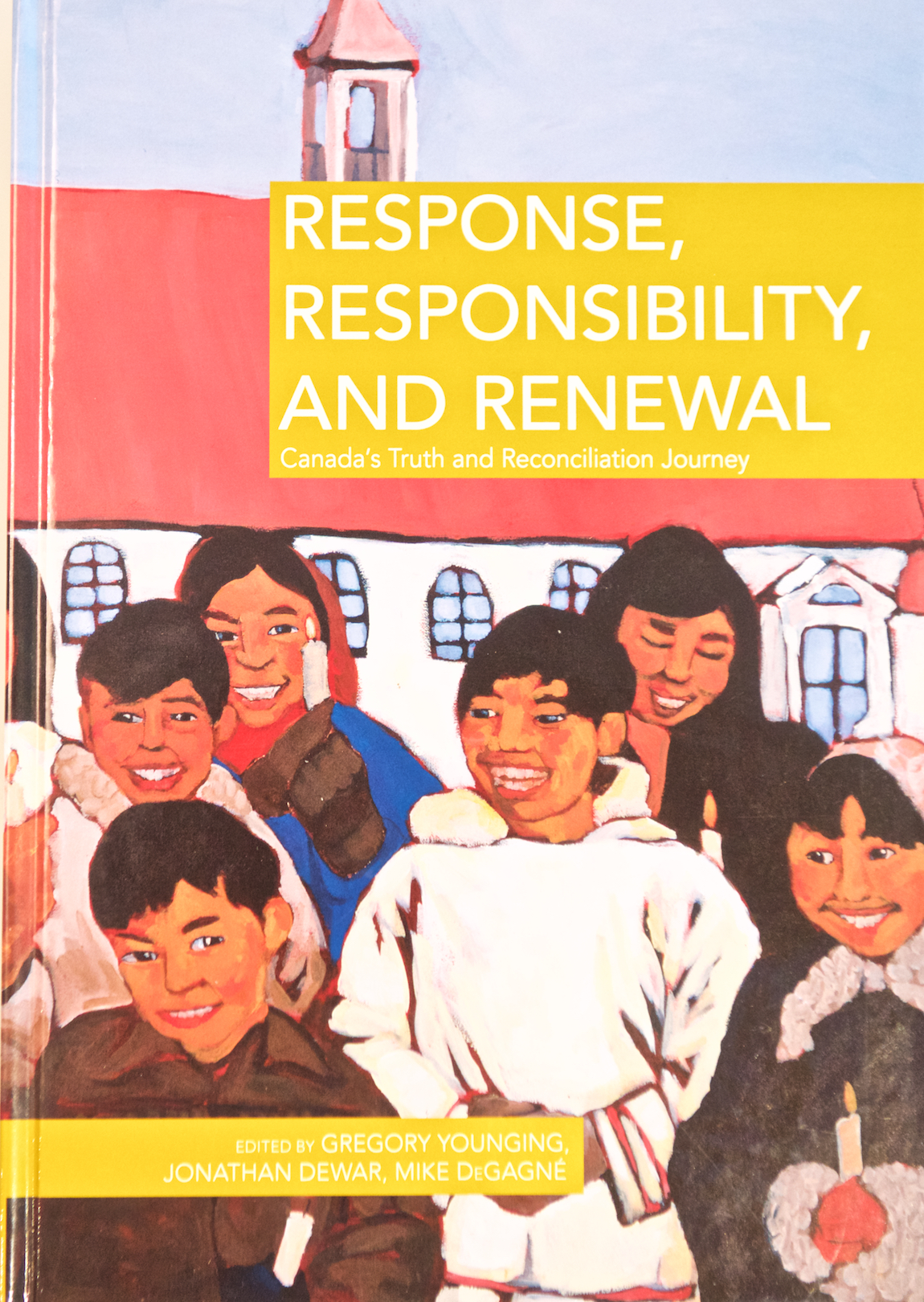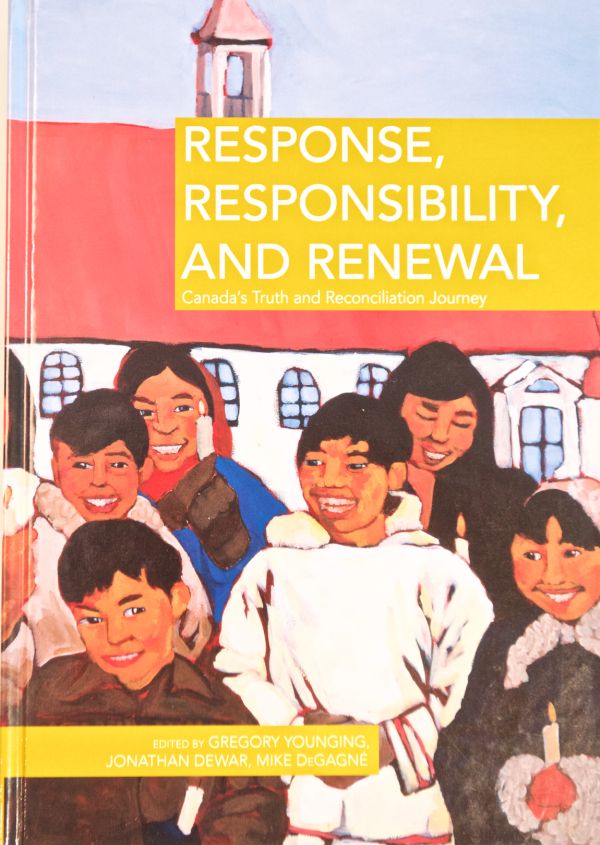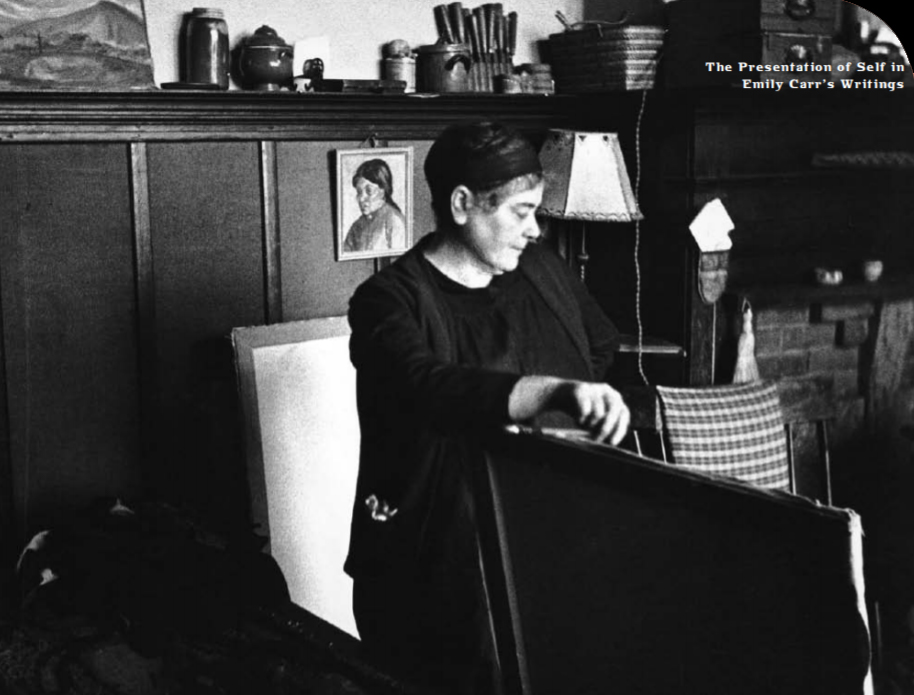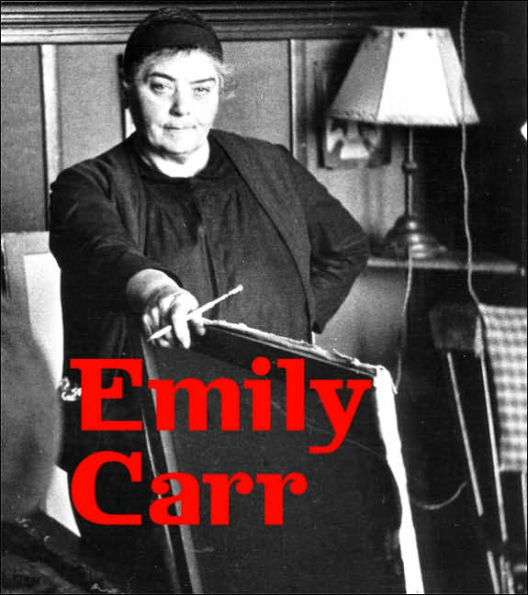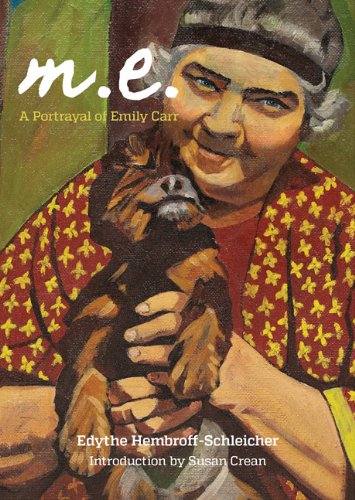
To M.E. A Portrayal of Emily Carr written by Edythe Hembroff-Schleicher, Mother Tongue (Feb. 15 2014).
M.E. A Portrayal of Emily Carr is a rare and moving study of an artist’s struggle against despair and loneliness and an intimate portrayal of the close friendship between Edythe and Emily. The two artists were good friends and met not long after Edythe had returned from Paris where she had studied art. Written as a friendly appreciation of the character of Emily Carr, rather than her life, Edythe Hembroff-Schleicher's rendering was described in reviews of the time as "a fond memoir, well-written, a modest and excellent little book, throws new light on her methods of painting and describes the humourous adventures of camping with Emily Carr.” It also contains edited versions of 20 letters written by Carr to her friend, and the cover features a rare painting of Carr recently discovered. M.E. was first published in 1969 and has been out of print for years.
Susan Crean wrote the introduction to the book.
